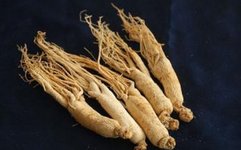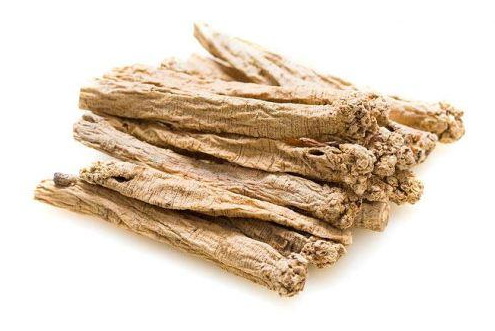
Director Ning provides you with knowledge on health and wellnessClick below to follow for free↓↓↓
The Efficacy of Codonopsis
The primary efficacy of Codonopsis (Dang Shen) is to tonify Qi. It is most suitable for those who are usually fatigued, lack energy, have a low voice, feel short of breath, and experience dyspnea upon slight exertion due to lung Qi deficiency. It is particularly beneficial for individuals with spleen and stomach Qi deficiency, characterized by weakness in the limbs, poor appetite, and loose stools. Codonopsis is commonly used in combination with Bai Zhu (White Atractylodes), Fu Ling (Poria), and Zhi Gan Cao (Honey-fried Licorice) to create the famous Qi-tonifying and spleen-strengthening formula, Si Jun Zi Tang (Four Gentlemen Decoction). For those with both lung and spleen Qi deficiency, Codonopsis can be combined with Huang Qi (Astragalus), Bai Zhu, Fu Ling, Chen Pi (Aged Tangerine Peel), Dang Gui (Angelica), Sheng Ma (Cimicifuga), Chai Hu (Bupleurum), Zhi Gan Cao, Sheng Jiang (Fresh Ginger), and Da Zao (Jujube) to form the well-known Bu Zhong Yi Qi Tang (Tonify the Middle and Augment Qi Decoction).
Codonopsis not only tonifies Qi but also nourishes blood, which is a significant characteristic. Therefore, for those with both Qi and blood deficiency, experiencing shortness of breath, palpitations, fatigue, pale complexion, dizziness, poor appetite, loose stools, and susceptibility to colds, Codonopsis is also recommended. Experimental evidence shows that Codonopsis can increase red blood cell count and hemoglobin levels, making it beneficial for patients with anemia. It also has a positive effect on increasing white blood cell counts in patients experiencing leukopenia due to chemotherapy and radiotherapy.
Distinguishing Features of Codonopsis:
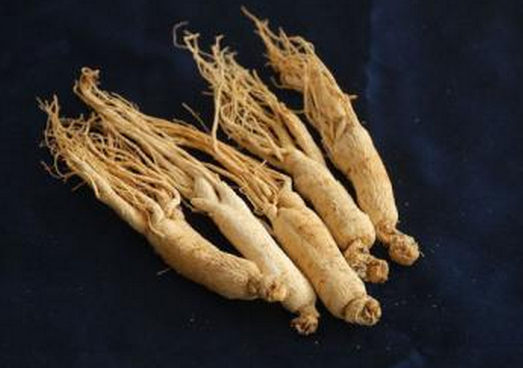
1. Western Codonopsis
Alias: Wen Dang, Jing Dang, Tai Dang.
Source: The dried root of the perennial herbaceous climbing plant Codonopsis pilosula of the Campanulaceae family. Mostly wild.
Production Area: Mainly produced in Gansu, Shaanxi, northern Sichuan, and Shanxi provinces.
Identification: The root is cylindrical, slightly curved, 10-50 cm long, and 0.5-2.5 cm in diameter, with a gray-brown or gray-yellow surface. The root’s head has numerous warty protrusions known as “lion’s head”, with a central depression in each. Older roots have more scars and a larger head. The lower part has dense ring-like transverse lines that gradually become sparse downward, some reaching half the length of the root. The lower part has longitudinal wrinkles, transverse pores, and root hair scars. A black, gelatinous substance is often seen at the broken root, formed from the internal juice that oozes out and dries. The skin is loose, and the flesh is firm. It is flexible, easily broken, with a yellow-white cross-section showing a chrysanthemum pattern. It has a unique aroma and a sweet taste, with no residue when chewed.
The best quality is characterized by large, thick roots with many transverse lines, loose skin, firm flesh, and a clear sweet taste.
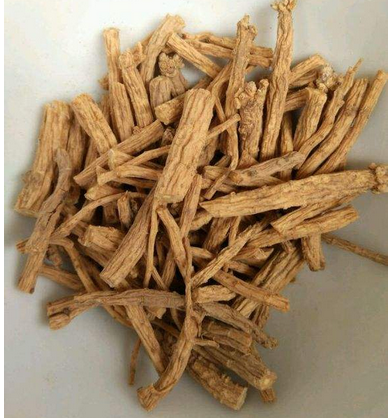
2. Lu Codonopsis
Alias: Bai Pi Dang.
Source: Same as Western Codonopsis. Both are cultivated.
Production Area: Mainly produced in Ping Shun, Ling Chuan, Hu Guan, Chang Zhi, Li Cheng, Wu Xiang in Shanxi, and Anyang in Henan.
Identification: The root is cylindrical, mostly unbranched, 10-30 cm long, and 0.3-1 cm in diameter (those with longer cultivation years and a diameter over 1 cm are commonly referred to as “Yi Tiao Dang”, which are of better quality). The surface is light gray-yellow. The “lion’s head” is smaller, with sparse transverse lines near the root head, and the entire root has deep, irregular longitudinal lines and transverse pores, with a fine and tight skin. The body is firm yet soft. The cross-section is light yellow or yellow-white, with a tighter cortex and a yellow center. It has a faint aroma and a sweet taste.
The best quality is characterized by a single root without branching, plump and thick, with a yellow-white cross-section.
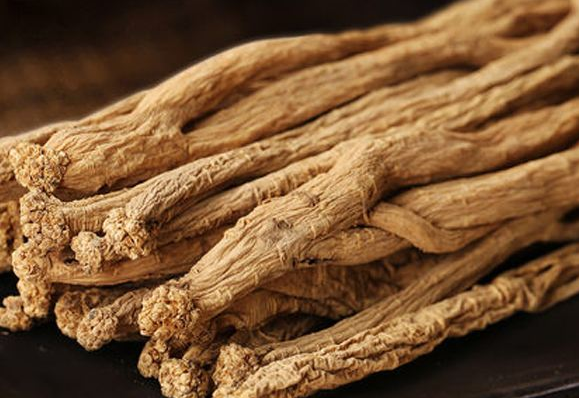
3. Eastern Codonopsis
Alias: Jilin Codonopsis.
Source: Same as Western Codonopsis. Cultivated and wild.
Production Area: Mainly produced in Jilin, Liaoning, and Heilongjiang.
Identification: This product is cylindrical, about 30 cm long, and 0.7-1.5 cm in diameter. The surface is yellow-white to gray-brown, rough, with a lion’s head, transverse lines at the top, and longitudinal lines at the bottom, with raised skin pores. The body is loose and hard, easily broken, with a light yellow-white cross-section showing cracks and a light yellow center. It has a slight odor, a mildly sweet taste, and leaves residue when chewed.
The best quality has thick, uniform roots with a sweet taste.
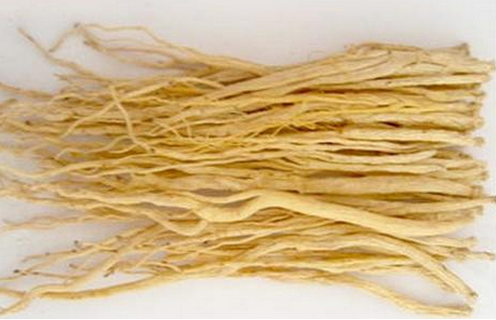
4. Tiao Codonopsis
Alias: Dan Zhi Dang, Ba Xian Dang.
Source: The dried root of the perennial herbaceous climbing plant Codonopsis tangshen of the Campanulaceae family. Mostly wild.
Production Area: Mainly produced in Sichuan, Hubei, and Shaanxi provinces.
Identification: The root is long and cylindrical (often referred to as Tiao Dang), relatively thick, twisted or straight, 20-50 cm long, and 0.7-2 cm in diameter. The surface is yellow-white or brownish, with finer skin. Larger roots may have a “lion’s head”, but the stem scars are fewer and smaller, with the fine branches smaller than the main body, referred to as “mud eel head”. The top is slightly square, with or without transverse lines, and the bottom has longitudinal lines. The body is soft and moist, with a light yellow cross-section showing radial patterns and a yellow center. It has a faint aroma and a sweet taste.
The best quality has thick roots, fine skin, sufficient sugar content, a sweet taste, and no residue when chewed.
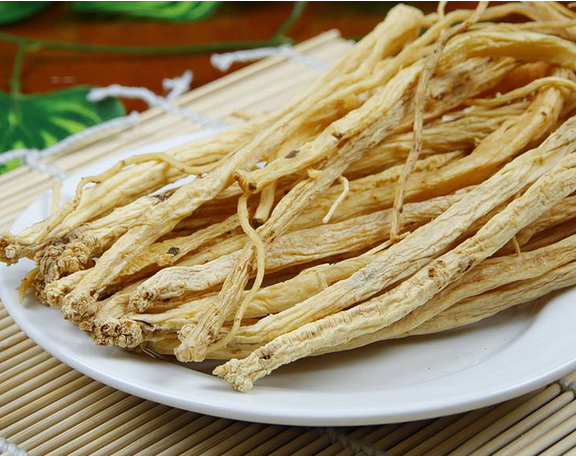
5. White Codonopsis
Alias: Xu Fu Shen (originally concentrated in Sichuan Xu Fu, now referred to as Yibin), Guizhou Dang (now mostly exported from Guizhou).
Source: The dried root of the perennial herbaceous climbing plant Codonopsis lanceolata of the Campanulaceae family. All are wild.
Production Area: Mainly produced in Guizhou, Yunnan, and southwestern Sichuan.
Identification: The root is cylindrical, slightly curved, varying in size, 5-20 cm long, and 0.5-1 cm in diameter. The surface is yellow-white and relatively smooth. It has a “lion’s head” and indistinct transverse lines, with many longitudinal wrinkles and point-like root hair scars. The texture is hard and easily broken. The cross-section is yellow-white, with a light yellow center. It has a faint aroma, a mildly sweet and slightly sour taste, and leaves residue when chewed.
Among the five types of Codonopsis, the quality ranking is as follows: Western Codonopsis (wild) is the best, followed by Tiao Codonopsis, Lu Codonopsis, Eastern Codonopsis, and White Codonopsis being the least preferred.
Main Components: Contains alkaloids, saponins, proteins, starch, vitamin B1, vitamin B2, etc.
Clinical Applications:
1. Used for weakness caused by various reasons, especially for spleen and stomach deficiency, low digestive absorption function, middle Qi sinking, and spontaneous sweating. It is often combined with Bai Zhu, Fu Ling, Huaishan Yao (Chinese Yam), and Lian Zi Rou (Lotus Seed Flesh), in formulas such as Shen Ling Bai Zhu San (Ginseng and Poria Powder) and Si Jun Zi Tang. Si Jun Zi Tang is a fundamental formula for treating spleen and stomach deficiency, and any condition caused by spleen deficiency can be treated by modifying this Qi-tonifying decoction.
2. Used for iron deficiency anemia and malnutrition anemia, especially anemia caused by spleen and stomach deficiency and digestive absorption dysfunction, as well as for conditions like atrophic gastritis, often combined with Ji Xue Teng (Spatholobus), Dang Gui, Bai Shao (White Peony), and Shu Di Huang (Rehmannia) in formulas like Bu Xue Tang (Blood Tonifying Decoction). Clinical experience indicates that Codonopsis has a good blood tonifying effect.
3. Used for chronic cough with lung deficiency symptoms, especially effective for mild toxic symptoms of pulmonary tuberculosis, taking advantage of its phlegm-expelling, cough-suppressing, and Qi-tonifying properties, often combined with Zi Wan (Aster), Wu Wei Zi (Schisandra), and Ejiao (Donkey-hide Gelatin).
Additionally, Codonopsis can be used for nephritis, as it can reduce urinary protein excretion.
Old TCM practitioners provide you with knowledge on TCM health and wellnessClick below to follow for free↓↓↓
This article is sourced from the internet. The purpose of reposting is to convey more information. If there are any errors in source attribution or infringement of your legal rights, please notify us immediately. If the situation is verified, we will delete it promptly and apologize to you.
The editor thinks you might also want to read
What benefits can you gain from regularly eating green peppers? Who should avoid them?
Do your fingers often feel numb? It could be due to these four reasons; consider them carefully.
Boil hawthorn this way, and after drinking for seven days, you can lose weight from 175 pounds to 91 pounds effortlessly.

